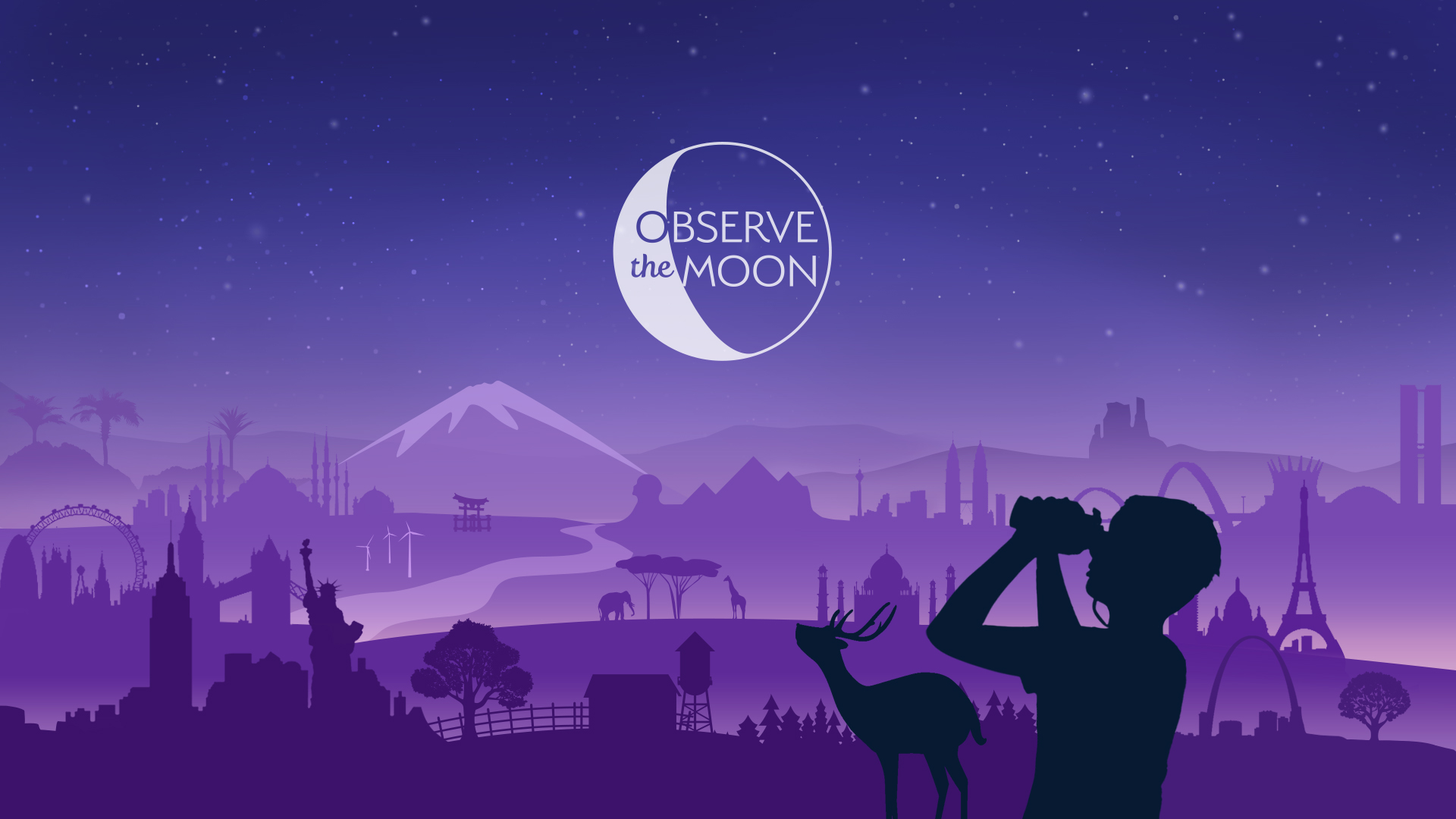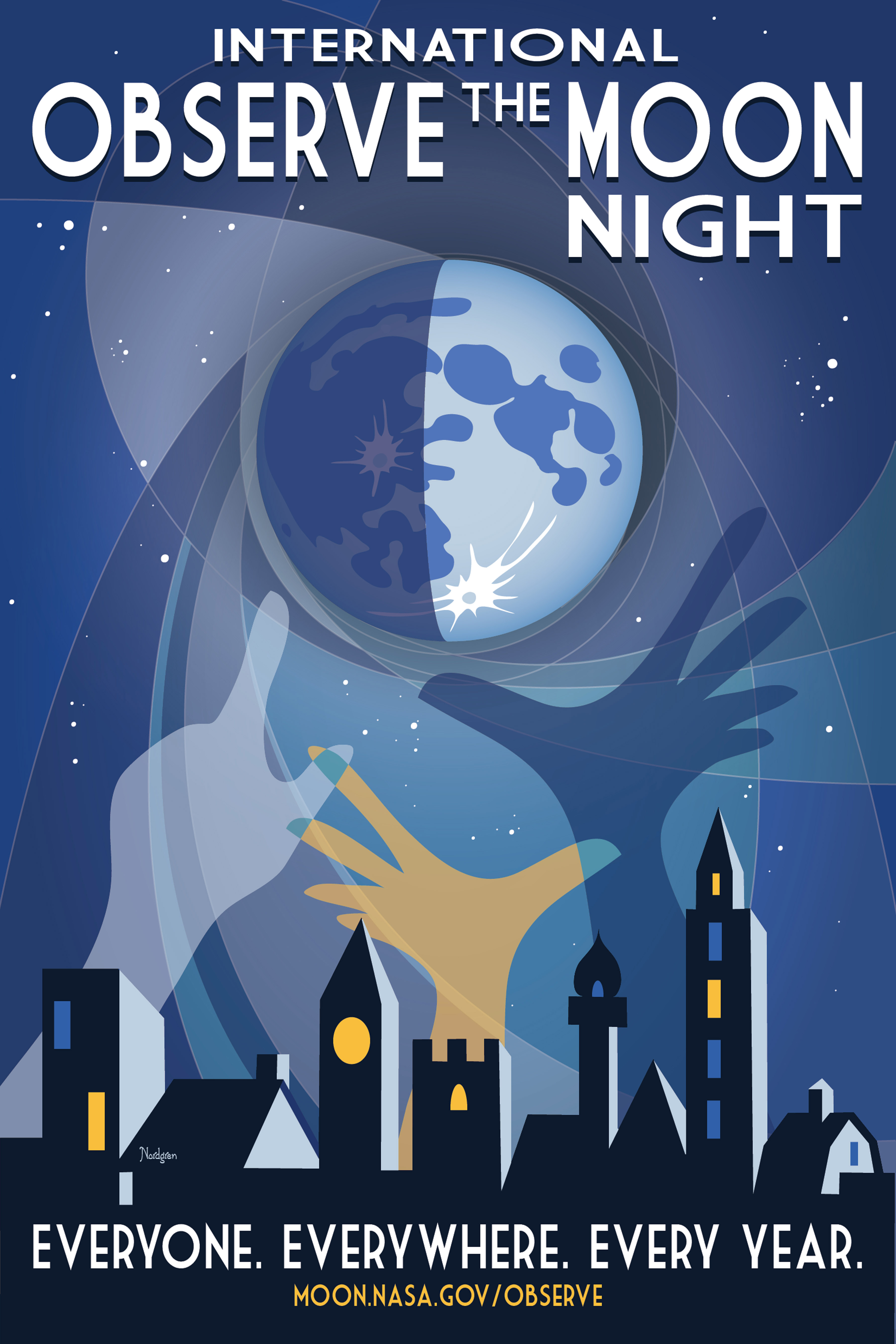
The Department of Physics and Astronomy at Texas A&M University invites the Brazos Valley community to take part in a space physics spectacular on Saturday (Sept. 14) in celebration of International Observe the Moon Night 2024.
No fees or tickets are required for the free public event, set for 7 p.m. to 9 p.m. at O.R. Simpson Drill Field on the Texas A&M campus and hosted by the Physics Lab Center. Paid parking is available in the Gene Stallings Blvd. Garage.
The event also will feature a live stream, available from 7:45 p.m. to 8:15 p.m. via the Physics and Astronomy YouTube channel. The livestream will offer a guided tour of the moon and an up-close view of a real moon rock returned from a NASA Apollo mission. No registration is needed, and attendance is free and open to all ages.
Smash Hits & Glorious Glasses
Join us for the big reveal of the Texas A&M NASA Moon Tree naming contest winner and also take advantage of the following opportunities to:
- Observe the moon with optical telescopes
- Create impact crater data art
- Learn about the biggest impacts on the moon and make some craters yourself
- Investigate the glasses and materials of the lunar surface
- Listen to "The Moon's Symphony"
International Observe the Moon Night is a global public event designed to encourage the observation, appreciation and understanding of our moon, along with its profound connection to space science, exploration and human culture. The annual event serves as a bridge connecting scientists, educators and lunar enthusiasts from all around the world.
"This event promises an impactful journey to the moon and back, featuring hands-on space physics demonstrations, live lunar observations through powerful telescopes, and displays of lunar meteorites and glass-rich space materials," said Dr. Allison McGraw, laboratory manager for Physics and Astronomy.
McGraw notes that numerous telescopes at Simpson Drill Field will provide participants with up-close optical views of the moon's surface. Texas A&M astronomers and physicists also will be on hand to offer related expertise, explanations and context.

Attendees are invited to explore the moon’s current lunar phase while gaining insight into what exactly a lunar phase entails. They also will be encouraged to test impact physics by creating craters with various impactors, help create a data art map of the moon’s south polar region and explore the moon’s surface.
Additional highlights will include examining the effects of impact melting and viewing the Texas A&M NASA Moon Tree, which orbited the moon on NASA's Artemis I mission. The winner of the NASA Moon Tree naming competition also will be announced.
"We understand that the moon is a celestial enigma, and we aim to unravel its mysteries while shedding light on the peculiar rhythms and rotations that define the Earth-Moon system," McGraw said. "We encourage everyone to seize this chance to expand their cosmic horizons."
The night also will include a continuous broadcast of “The Moon’s Symphony,” a dynamic, 42-minute, seven-movement work by international award-winning composer Amanda Lee Falkenberg that merges music and science to dramatize past, present and future moon explorations and highlight discoveries that have been made in our search for other worlds that could possibility sustain life.
International Observe the Moon Night is sponsored by NASA’s Lunar Reconnaissance Orbiter (LRO) mission and the Solar System Exploration Division at NASA’s Goddard Space Flight Center, with many contributors. LRO is managed by NASA's Goddard Space Flight Center in Greenbelt, Md., for the Science Mission Directorate at NASA Headquarters in Washington, D.C.

